Pilot Licenses: Guide to the Different Types and Ratings
Jun 06, 2025
A pilot license allows you to fly an aircraft. It shows you have the training and skills. The FAA has several types of pilot licenses, each with its own privileges. Learn about the different types of pilot licenses and what they allow you to do.
Key Takeaways
-
The FAA breaks pilot licenses into several types: Student Pilot Certificate, Private Pilot License (PPL), Commercial Pilot License (CPL), and Airline Transport Pilot (ATP) Certificate, each with its own requirements and privileges.
-
A Student Pilot Certificate is the first step for new pilots, allows solo flight under supervision and is a prerequisite for higher pilot certifications.
-
Additional ratings and endorsements add to a pilot’s capabilities and allows them to fly more complex aircraft and more.
Overview of Pilot Licenses
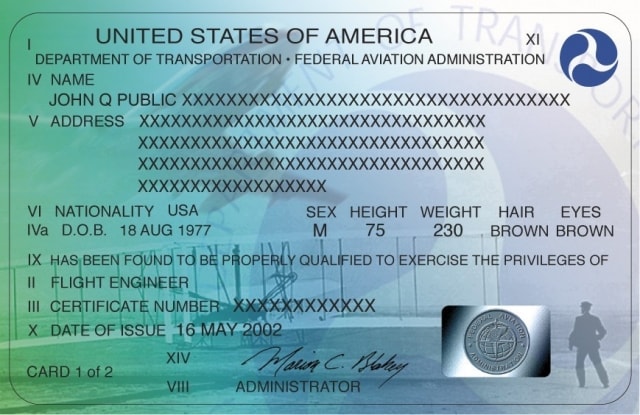
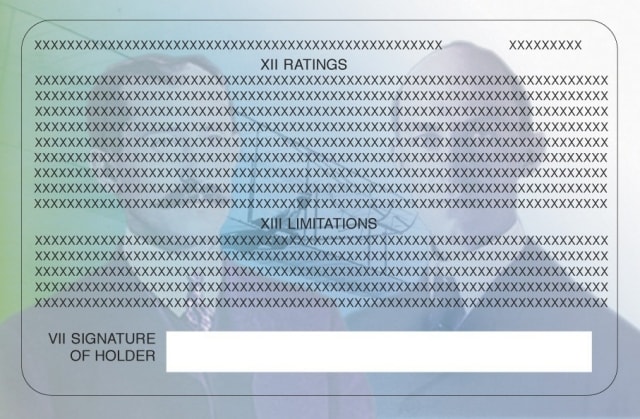
The Federal Aviation Administration (FAA) issues a pilot license which is a required certificate that allows you to fly.
This certificate not only proves you are competent but also that you follow the safety and operational procedures set by the aviation authorities. The FAA has different classes of pilot licenses each for different types of flying and has its own set of rules so if you want to have a career in flight.
Among the pilot licenses are the Private Pilot License (PPL), Commercial Pilot License (CPL) and Airline Transport Pilot (ATP) Certificate. Each level has its own privileges and requirements.
If you want to become a pilot, you need to know the difference so you can start a training path that matches your goals in aviation. Aviation courses are available to help you progress through each stage of pilot licensing, get the training and knowledge for your chosen aviation career.
License vs. Certificate
In aviation, while “license” and “certificate” are often used as if they are interchangeable, there is a big difference between them. A license means you have been authorized by a governing body to do something. A certificate means you have met all the requirements to work in a profession. For example, having a Private Pilot License (PPL) gives you more privileges than having a sport pilot certificate.
It’s important for those wanting to become pilots to understand this difference. It helps them to know the different licenses and certificates required for different flying activities.
Student Pilot Certificate
To start your journey to becoming a pilot you need to get a student pilot license, officially referred to as a Student Pilot Certificate.
To be eligible for this certificate you need to be at least 16 years old and proficient in English. It’s online through the Integrated Airman Certification and Rating Application (IACRA) portal. After you submit the application, it takes about 3 weeks to get the certificate.
Having a student pilot certificate allows you to fly solo as you get flight training under supervision. This certificate is good indefinitely but gets superseded when you move to a higher level of pilot certificate.
Note that getting this initial certificate does not require any ground instruction or knowledge tests related to flight training, so it’s a great entry point for those researching how to pilot license and looking to get various types of pilot certificates and overall pilot certification.
Private Pilot License (PPL)
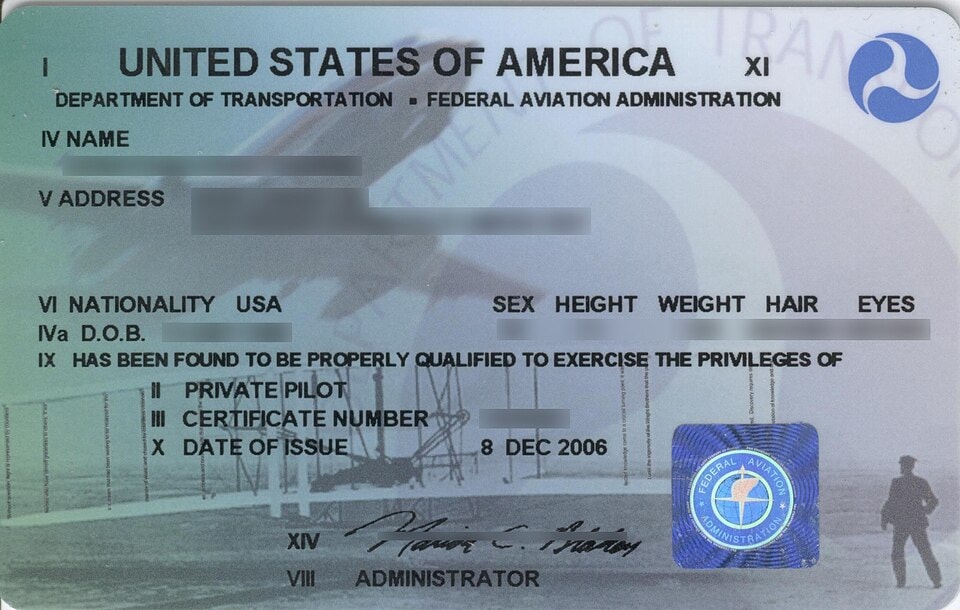
Getting a Private Pilot Certificate (PPL) is the first big milestone for most pilots. To be eligible you must be 17 years old and able to speak English.
The certification process requires you to complete 35-40 hours of flight training which varies depending on the flight school and includes solo and dual instruction flights covering a range of maneuvers and emergency procedures.
Flight Nerd Air Force’s ground school helps prepare you for the written exam and builds the foundational knowledge needed for safe, confident flying.
Prospective private pilots must pass a written exam before they can do the oral exam and practical flying test (check ride). Once you have this certificate private pilot license holders can fly recreationally as long as you keep your third class medical certificate current. Most private pilots are rated to fly single engine aircraft under the 'airplane single engine land' category, which is the most common class rating for private pilots.
As a licensed pilot you are allowed to land or take off from civil airfields and accept shared expenses from other passengers.
If you want to progress in aviation certifications or just want to enjoy the freedom of flying an aircraft on your own, getting a PPL is a great foundation. It’s also one of the best ways to understand what does it take to get pilot license from a practical and regulatory standpoint.
It opens up many aerial activities and adventures from scenic flights over beautiful landscapes to flying across continents.
Sport Pilot Certificate
If you want to get into aviation, a Sport Pilot Certificate is an entry point. You need to have a valid U.S. driver’s license which is proof of your health status.
Unlike other pilot certificates, you don’t need an FAA medical certificate. This certificate requires at least 20 hours of flight instruction and can be done in a short period of time sometimes in as little as two weeks.
Sport pilots are restricted to flying light sport aircraft (LSA) that don’t exceed 1,320 pounds maximum takeoff weight. They are limited to certain altitudes and can only carry one passenger during visual flight rules in daylight.
While it’s convenient and cost effective as an entry into flying, the Sport Pilot Certificate doesn’t meet International Civil Aviation Organization (ICAO) standards so sport pilots have limited international flight opportunities.
Recreational Pilot Certificate
The recreational pilot license is a great starting point for anyone who wants to get into flying. To qualify, you need to be at least 17 years old and finish both a training course and an endorsement from an instructor.
That training course and the certification process takes around 30 hours. You'll spend that time in the air and in ground school.
You'll be cleared to fly light single-engine planes that don't weigh more than 4,000 pounds and can hit speeds of up to 250 knots. There are some restrictions, though.
Recreational pilots can only fly within 50 nautical miles of their departure airport, during the day, in good weather and with just one passenger on board a single-engine plane.
That initial certification is a stepping stone to more advanced piloting certifications. And it's a good place to start.
Commercial Pilot License (CPL)
Getting a Commercial Pilot License (CPL) is a must for anyone wanting to have an aviation career. To get a CPL you need to have at least 250 hours of flight time. This drops to 190 hours if you are training under Part 141 programs. Different flight schools may have varying program lengths and training approaches.
The minimum age to get a commercial pilot certificate is 18 years old. The path to getting a CPL is getting specialized instruction up to 20 hours of advanced flying techniques and instrument navigation.
Having a commercial pilot license allows you to get paid for your time and fly for hire in various profitable aerial activities such as giving flight instruction or flying for agriculture. Commercial pilots are also authorized to fly passengers for compensation.
Training on modern aircraft with current technology rather than just older aircraft with retractable landing gear makes the training more relevant to current aviation practices. Commercial pilot training often includes learning to operate advanced systems such as controllable pitch propellers.
A commercial pilot license is a big achievement that opens up many opportunities in the aviation career. Its value is increased when you include a full motion flight simulator in your training process.
Flight Instructor Certificate (CFI)
If you have a passion for guiding and mentoring the next generation of pilots, the Flight Instructor Certificate (CFI) is an ideal way to turn that passion into a career.
To qualify, you'll need to already hold either a Commercial or Airline Transport Pilot (ATP) certificate. That's when the real teaching and learning can begin.
Flight instructors are the backbone of pilot development. They're the ones who teach student pilots the hands-on skills they need to succeed in the air. And with the CFI, you'll have the authority to put those students through their paces-and give them the endorsements they need to move forward.
You'll need to renew your CFI every 24 months. That's when you'll either need to take continuing education courses or complete a proficiency evaluation. You can also use that time to pick up additional ratings like the Certificated Flight Instructor-Instrument (CFII) or Multi-Engine Instructor (MEI).
Becoming a certified flight instructor is about more than just teaching. It's about getting a lot of flying hours under your belt and helping shape the future of aviation.
That's where the real value of the CFI lies: in the experience you gain, the pilots you shape and the ATP skillset you equip them with.
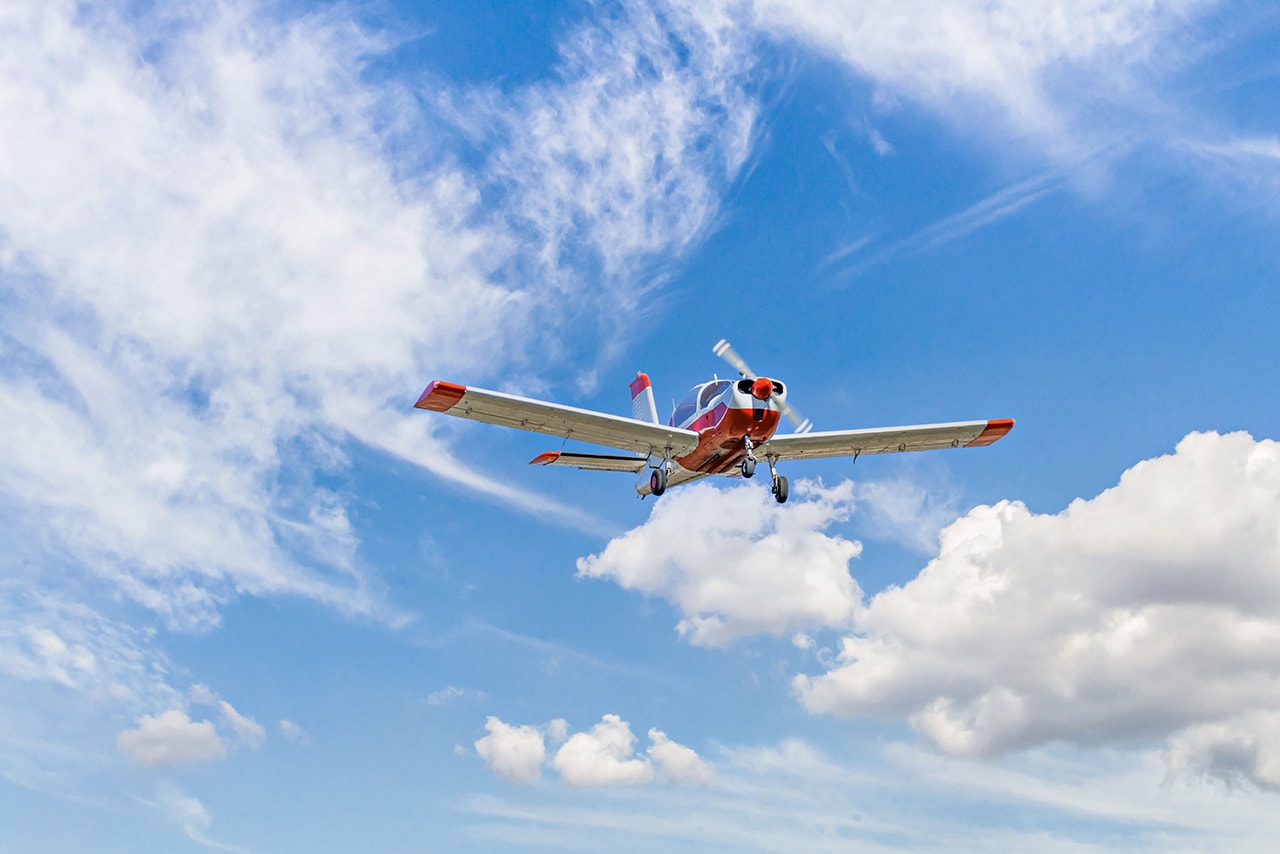
Instrument Rating (IR)
Pilots who want to fly an aircraft solely by instruments in all sorts of weather need an Instrument Rating (IR). This allows them to fly by Instrument Flight Rules (IFR) which is essential when visibility is poor.
Instrument training involves learning the skills to interpret weather, communicate with air traffic control and handle in flight emergencies.
To get an instrument rating pilots need to log a minimum of 40 hours of instrument time, actual or simulated.
They need to pass a written exam that tests their knowledge of IFR procedures. Having an instrument rating adds so much to a pilot’s abilities by allowing more secure flight in all conditions and overall versatility in their aviation.
Multi-Engine Rating
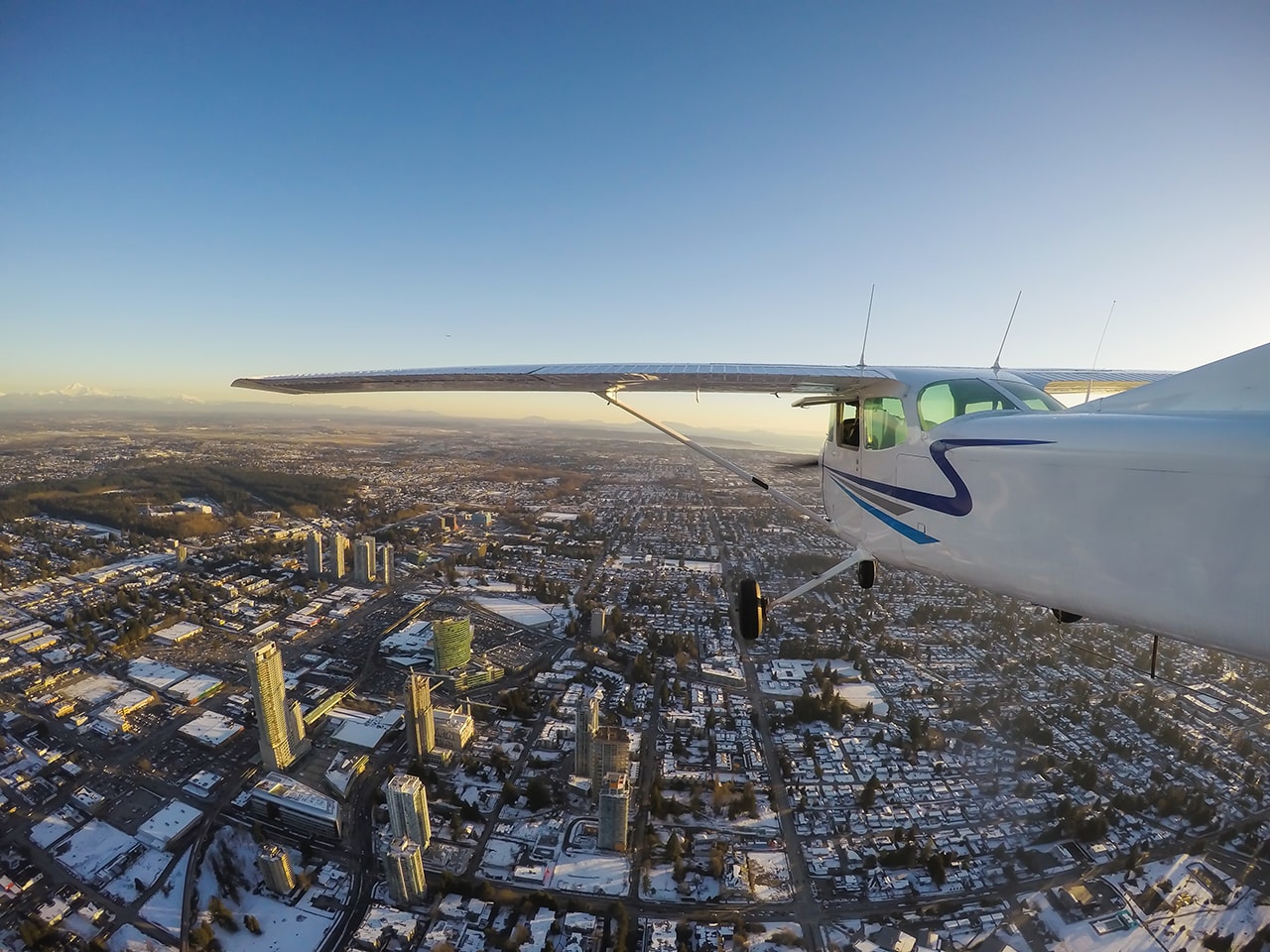
Getting a multi engine rating allows you to fly more complex aircraft with higher payload, longer range and better performance in adverse weather. This is essential for those looking for a career in commercial aviation as it opens up more job opportunities.
The process of getting a multi engine rating involves ground school training focused on systems of multi engine aircraft and emergency procedures.
To be eligible for this add on rating you must have a Commercial Pilot License (CPL) and complete 10 hours of ground school and 10 hours of flying with an instructor.
If you have a Private Pilot License (PPL) or Commercial Pilot License (CPL) you can add the multi engine rating to your license and fly aircraft with multiple engines.
Airline Transport Pilot (ATP) Certificate
Getting an Airline Transport Pilot (ATP) Certificate is the highest level of pilot certification and required to fly with major airlines. The ATP is also referred to as the airline transport pilot certificate or airline transport pilot license, and is recognized as the highest level of pilot certification.
To be eligible for this unrestricted certificate as an airline transport pilot you need to have at least 1,500 hours of flight time. You need to complete an ATP Certification Training Program (ATP CTP) before taking the ATP knowledge test.
To apply for this certificate you need to be 23 years old or at least 20 years old if you have military flying experience and hold a first class medical certificate required to fly as pilot in command.
The privileges of holding an ATP certificate is to be able to fly aircraft above 12,500 pounds and all turbojet powered aircraft. Applicants for this certificate must show excellent aviation skills and conduct and unblemished moral record.
Having an ATP Certificate opens the door to high level positions in commercial aviation by qualifying pilots to fly for major airlines and giving them significant operational responsibilities. If your goal is to become an airline pilot, this certificate is the essential final step in your journey.
Remote Pilot Certificate
To fly commercially you need a Remote Pilot Certificate, according to FAA regulations. This is the only certificate that doesn’t require a medical or formal training or a practical test, which are required for other pilot certificates. Getting this certificate opens up many job opportunities in surveying, mapping and photography.
To keep their remote pilot certificates valid, operators must pass a recurrent knowledge test. This ensures they stay up to date with the latest rules and best practices for flying.
Pilot Ratings and Endorsements
Pilot certifications and authorizations expand a pilot’s scope of operation and allow them to fly under certain conditions. These ratings include various categories, classes and types that outline what a pilot is allowed to fly, including multi-engine or navigation in complex airspace.
Endorsements are official records in a pilot’s logbook that show they have completed the required training for a certain aircraft or flight activity. This includes qualifications such as Complex Aircraft Endorsement, Tailwheel Endorsement and High-Performance Endorsement.
Getting these additional ratings adds to a pilot’s versatility and skillset, making them more marketable in the aviation industry.
Summary
In summary, there are various types of pilot licenses and certificates, each with its own set of requirements and privileges.
From the foundational Student Pilot Certificate to the prestigious Airline Transport Pilot (ATP) Certificate, each step in a pilot’s journey brings new opportunities and challenges. Understanding these different pilot licenses is essential for anyone looking to pursue an aviation career.
The sky is not the limit, but just the beginning. Whether you dream of flying recreationally or commanding a commercial airliner, the path begins with understanding the licenses and certifications that will guide your journey. So, take the first step, and let your aviation adventure take flight.

Frequently Asked Questions
What is the minimum age to obtain a Student Pilot Certificate?
The minimum age to obtain a Student Pilot Certificate is 16 years old. This requirement ensures that individuals have reached a sufficient level of maturity and responsibility for flight training.
How many hours of flight time are required for a Private Pilot License (PPL)?
A Private Pilot License typically requires 35 to 40 hours of flight time, depending on the specific flight school.
It is essential to verify the requirements of the chosen institution.
A significant portion of the required flight hours must be completed in an actual airplane, not just in a simulator.
What are the limitations of a Sport Pilot Certificate?
The Sport Pilot Certificate limits you to flying only Light-Sport Aircraft (LSA), with a maximum takeoff weight of 1,320 pounds, carrying no more than one passenger, and only during daylight hours in favorable weather conditions.
What is the minimum flight time required for a Commercial Pilot License (CPL)?
The minimum flight time required for a Commercial Pilot License (CPL) is 250 hours, or 190 hours for those training under Part 141 programs.
Meeting these requirements is essential for successful licensing.
What is the purpose of an Instrument Rating (IR)?
An Instrument Rating (IR) equips pilots with the ability to conduct flights in accordance with Instrument Flight Rules (IFR), which is crucial for safe navigation when visibility is compromised.
Acquiring this rating significantly improves a pilot’s proficiency in managing demanding flight conditions.
